Must science speak?
When questions about masks, vaccines and variants seemed to change by the day, infectious diseases expert Professor Ooi Eng Eong didn’t shy away. He became a go-to voice for the media, stepping up whenever he could to explain what the science meant—in words that people could understand.
“Speaking personally, if I don't do it, and if someone else does the interview and says the wrong thing, then the fault’s on me because I let it go,” Ooi said. “Then harm is done and it's done because I let it happen. So I feel that responsibility to stand up and speak out, to share this knowledge.”
Ooi, who is Professor in the Signature Research Programme in Emerging Infectious Diseases at Duke-NUS Medical School and Associate Dean (Early Research Career Development), Office of Academic Medicine, framed his answer with the sense of responsibility he feels in speaking to journalists and communicators, but also members of the public.
That sense of moral obligation, rarely articulated yet deeply felt, underscores the heart of science communication. For Ooi and many others, communicating research is not just about clarity, it’s about responsibility. If science directly shapes public well-being, then sharing it accurately becomes necessarily as essential as the research itself.
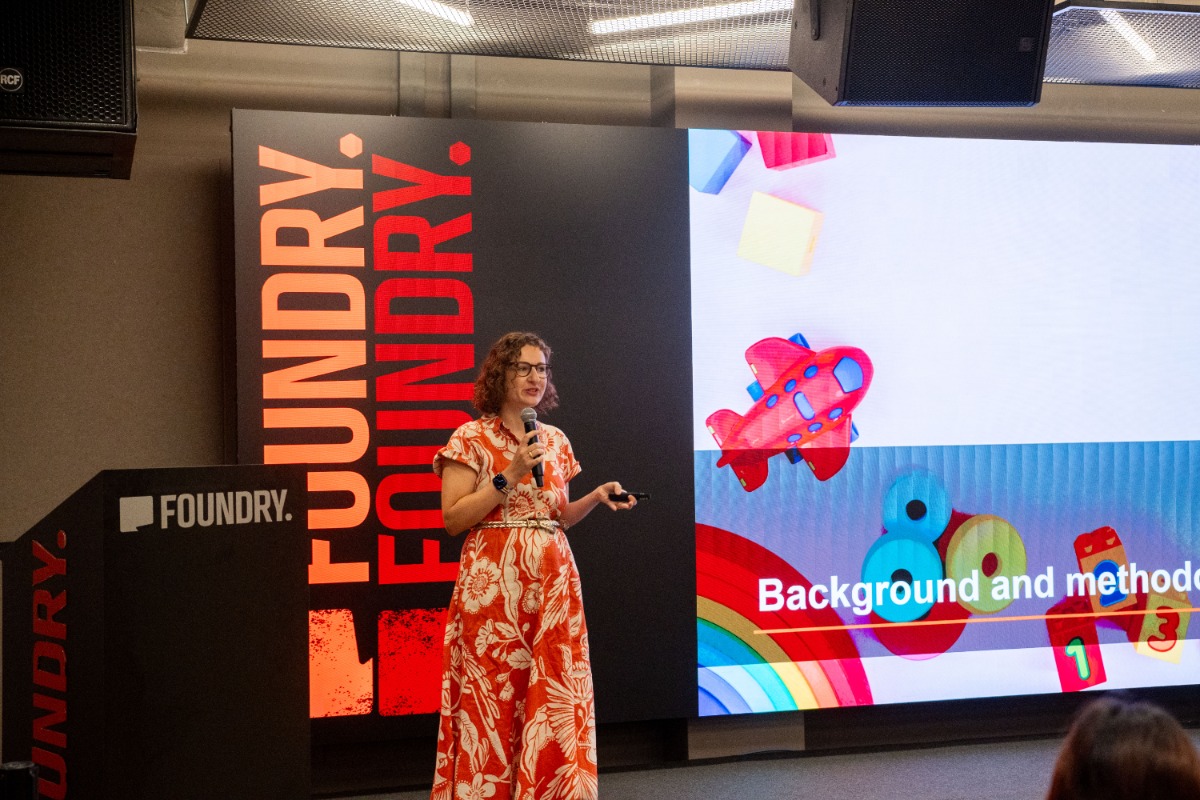
Stona—seen here presenting findings on mental well-being interventions in children to collaborators—is a passionate advocate for mental global health. Crafting accurate, creative outreach is central to increasing adoption rates and reducing stigma. // Credit: David Yip, Duke-NUS Medical School
Communications as social responsibility beyond the lab
In conversations with four Duke-NUS researchers and educators, one theme kept emerging: science only realises its social impact when communicated well.
For Professor Scott Compton, Senior Associate Dean for Medical Education, “…the basis of science is deeply applied and deeply relevant”. Being able to articulate a problem galvanises people to act. From HIV/AIDS to COVID-19, he noted, speaking the problem out loud catalyses advocacy and change.
For Assistant Professor Anne-Claire Stona, who leads Global Mental Health at the SingHealth Duke-NUS Global Health Institute (SDGHI), a major part of her work entails creating outreach initiatives that result in greater adoption and funding. Stona approaches this from another angle: helping communities embrace innovations in mental health care.
And as Professor Marcus Ong, Programme Director of the Signature Research Programme in Health Systems Research, succinctly put it: “Communications is the last mile in the scientific endeavour: you start with the data and evidence, try to understand the problem, enter the discovery stage where you test solutions and evaluate them, and then you go into finishing the last mile. All of it must be translated into language that scales and mobilises adoption.”
Hurdles on the way to accessibility
But making science “accessible” is rarely straightforward.
Compton shared an early project as a researcher working with various faith-based communities on advance care planning for out-of-hospital cardiac arrest patients. When one woman dismissed the effort by saying: “I don't understand what you're saying and I don't care. I am the oldest daughter. I will decide what happens to my mother”—he realised instantly that they had failed: the divide between the medical purpose and the community that they were trying to reach was more apparent than ever. The science was sound; the communication wasn’t.
As Compton said: “Knowing your community and understanding what their practices and beliefs are—this is extremely important.”
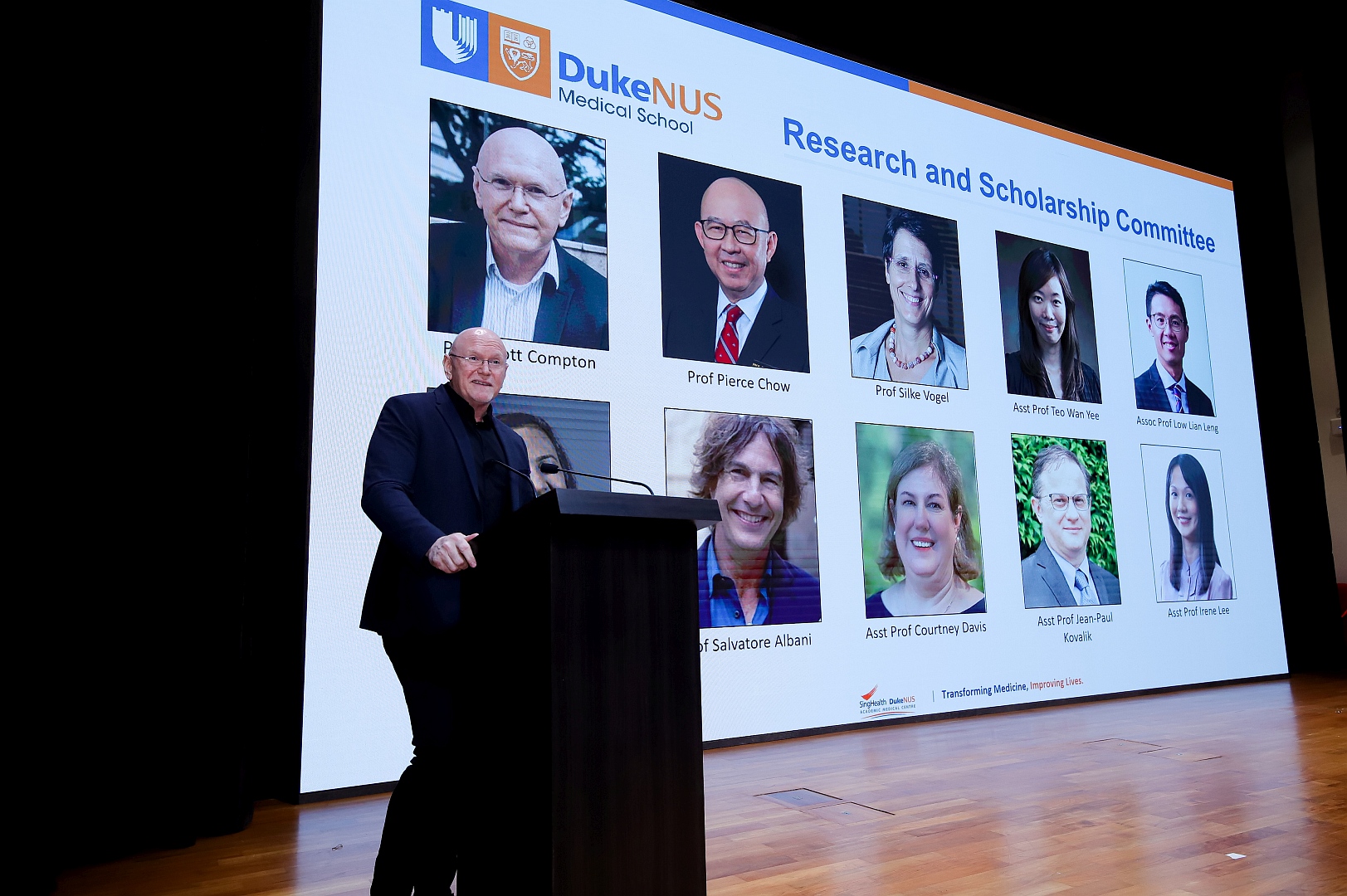
Compton speaks on Research Day 2025. His extensive research background in emergency medicine and medical education lends itself to his efforts to elevate medical education within Duke-NUS. // Credit: Norfaezah Abdullah, Duke-NUS Medical School
It is a concept that Stona knows too well, from her firsthand experience as a policymaker in France. At SDGHI, the need to be sensitive to cultural and social differences is emphasised, particularly in mental health, where perceptions, and access to mental health care and support, is influenced by various cultural determinants—and directly affect reception to messaging and policies.
"I think the biggest problem with scientists is that we tend to overcomplicate things, especially with a lot of jargon. Simplicity is not the enemy of accuracy."
In medicine, the work of communication is fraught with various challenges, made no easier by the wide spectrum of stakeholders encountered in both clinical and research settings, as each interaction comes with its own set of demands and contextual hurdles.
Ooi highlighted another obstacle: speed. Science often moves faster than regulatory frameworks or public policy. New vaccines, for example, may emerge ahead of established processes, making timely, accurate conversations even harder.
Across different stakeholder groups, communication thus plays the role of translation, interpreting research—thus rendering critical information and priorities legible across the various overlapping domains of healthcare and medical science, ensuring that all stakeholders are on the same page.
And running through all of this is a growing tide of scepticism towards expertise and science. For Compton, this makes a communicator’s role much more critical: cutting through misinformation, reinforcing credibility, and ensuring science is trusted enough to be acted upon.
It is about enabling the science to have an impact in the wider world, expressing ideas in a way that connects different priorities and needs, and finding a language that speaks to all parties.
Ong emphasised: “To have real impact, you need to think about your constituency, who you are serving, and why it’s important to communicate your research. Pitching it to a politician or policymaker would be different than to your fellow researchers. And when you’re addressing the public, you want to reach the man in the street.”
A two-way street
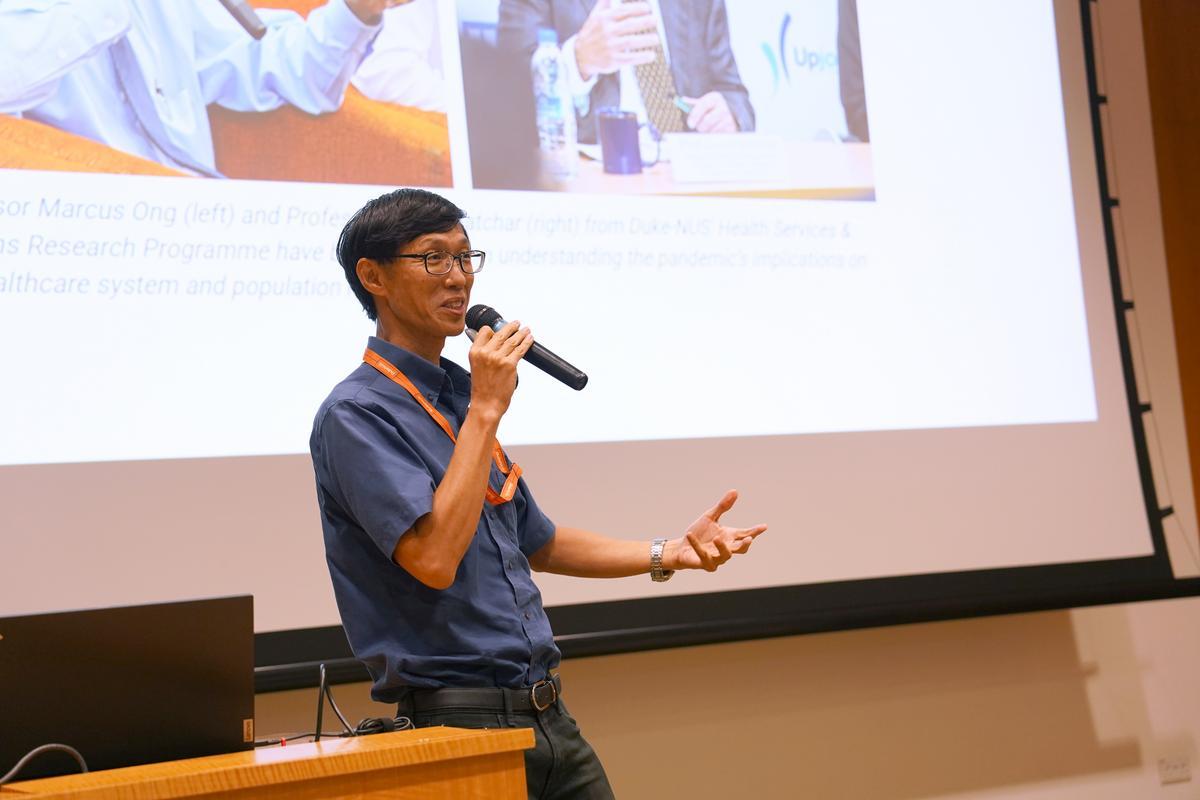
“I think the biggest problem with scientists is that we tend to overcomplicate things, especially with a lot of jargon. Simplicity is not the enemy of accuracy,” said Ong. His approach is straightforward: know your audience and be clear about your message.
For both Ooi and Stona, true communication is dialogue.
Stona has promoted narrative-based interventions, such as using film with migrant families in Thailand and youth in Vietnam, to spark conversations on mental health. “Effective mental health communication has always been essential, particularly in efforts to address and reduce mental health stigma,” she said. “One such intervention is ‘Being Family’, designed to strengthen family functioning and reduce violence against children within Burmese migrant communities in Thailand.”
These scientists have also taken active steps to facilitate more dialogue between the different groups of stakeholders, helping to bridge any communication gaps. Recognising the direct influence that media can have on suicide prevention, SDGHI has organised a webinar exploring the multi-stakeholder process of developing the comprehensive Suicide Content Guidelines in Malaysia as part of their work to coordinate the Mental Health Innovation Network Asia hub, where one of the main objectives is communication and knowledge-sharing across diverse channels.
Ooi has run workshops on dengue and vaccinology that bring scientists, policy-makers and communications professionals into the same room, fostering a mutual understanding that can’t be achieved in silos.
The future is learning
Science communication, once seen as peripheral, is now becoming part of medical training.
At Duke-NUS, Compton’s team has embedded communication into the Research and Critical Thinking course for second-year students, teaching them not just how to present to scientists, but how to talk about science with parents, communities, and policymakers.
Compton recalled speaking with other scientists and educators about communication’s relevance to medical students. “I think today it has become even more important for our students to learn how to speak to difference audiences—their parents, community, patients—about science, because there's this tremendous backlash against expertise. That's a whole new focus for us,” he said.
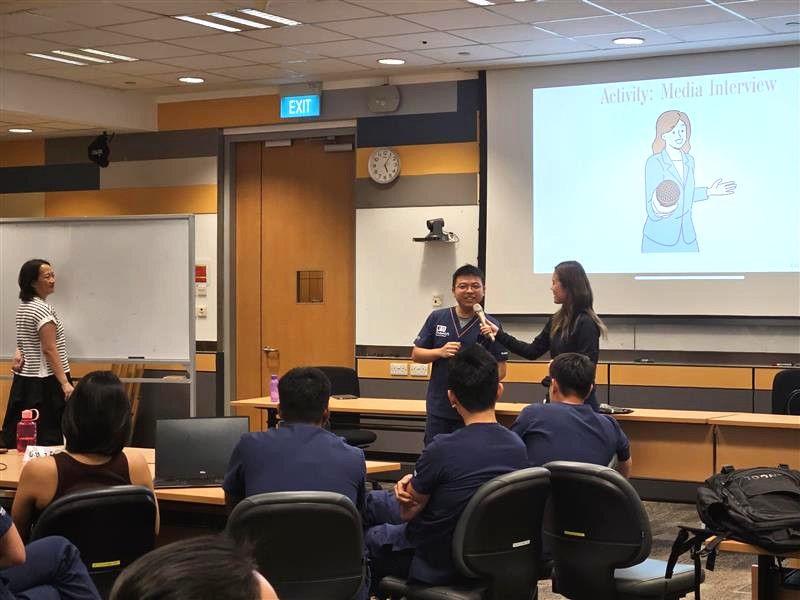
As the Associate Dean of Early Career Research Development in Duke-NUS, Ooi noted that an early-career researcher only learns how to write a grant application when they are applying for one. They look towards their mentors for guidance.
Clinicians and researchers also rarely learn communication skills in a formal curriculum. “We had to learn communicating on our own. For the next generation, we have to incorporate it into their education and training,” Ooi explained.
Similarly, in his role as a teacher and mentor, Ong recognises opportunities to address gaps in medical education. Ong mentors students by bringing them along to engagements with stakeholders and community events, demonstrating to them how to model communication.
“If you really want to translate to impact, you need a strategy in terms of how you’re going to communicate your findings.” In other words—a communications strategy along with a research strategy.
Tying it all together, however, are the challenges of designing education—as Compton points out—in a way that more robustly supports the development of students as communicators, given the high intensity of the curriculum and the demanding nature of medical education. He is, however, confident of the student selection process, which looks at more than just academic achievement, but also character, values and aspirations.
By year 3, students put these skills into practice during Research Day, supported by media training co-designed with the Communications team. Selected students even experience mock TV interviews, learning to distil complex research into broadcast-ready soundbites.
Conveying truths, connecting lives
Across all of their voices runs a shared conviction: science communication is not optional. It is the thread that connects classroom to clinic, research to policy, discovery to impact.
It is what enables policymakers to act on scientific evidence, regulators to build trust in new therapies, donors and funders to back innovation, and communities to embrace change. In everyday practice, it turns data into decisions that improve lives.
At its core, it is what makes science human.
To convey truths is to connect lives—between researcher and the public, innovation and outcome, doctor and patient, between one person and another. And in that connection lies the last mile of the scientific endeavour: not just to discover, but to communicate, so that knowledge can serve its true purpose –transforming medicine and improving lives.




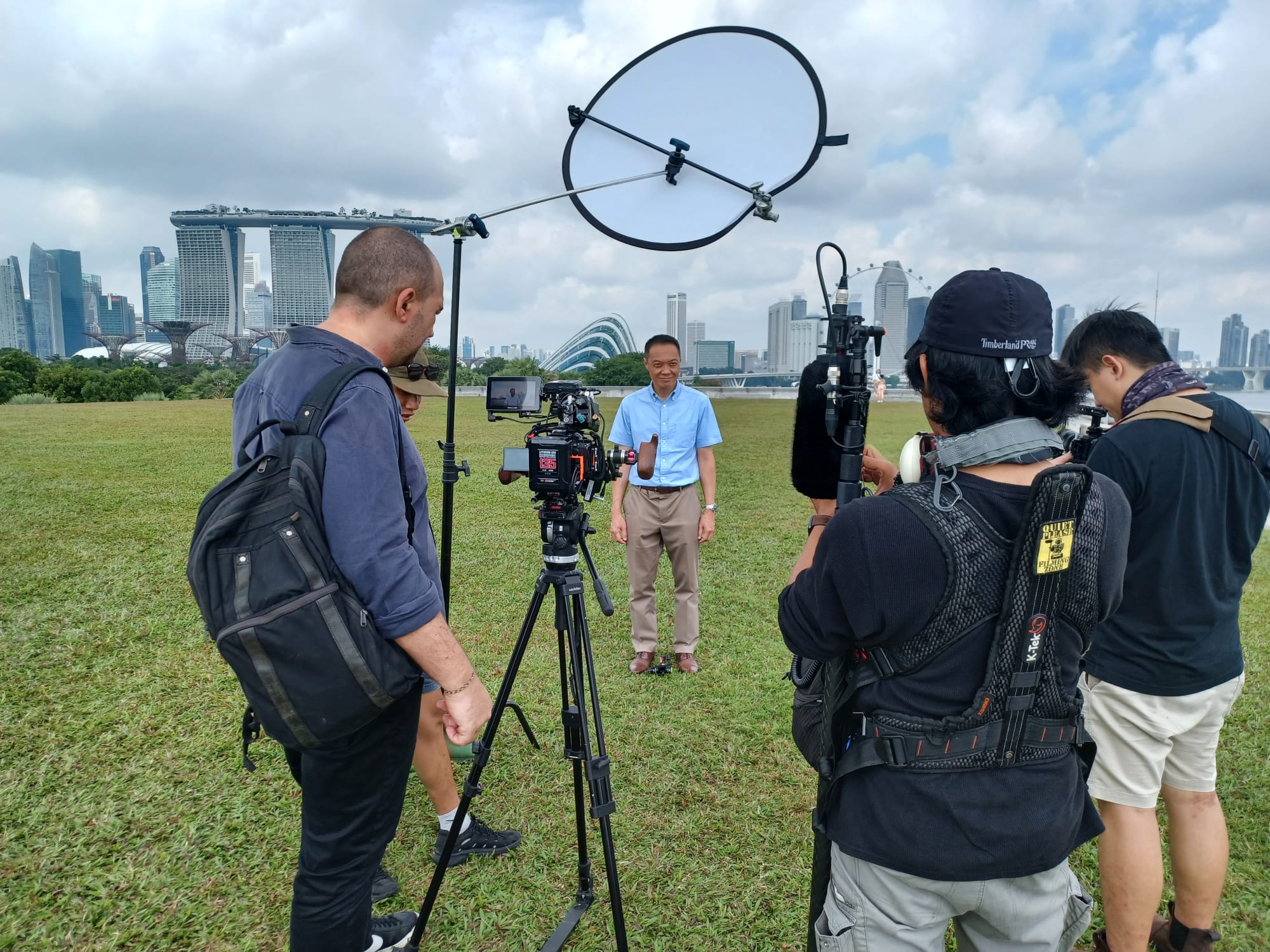
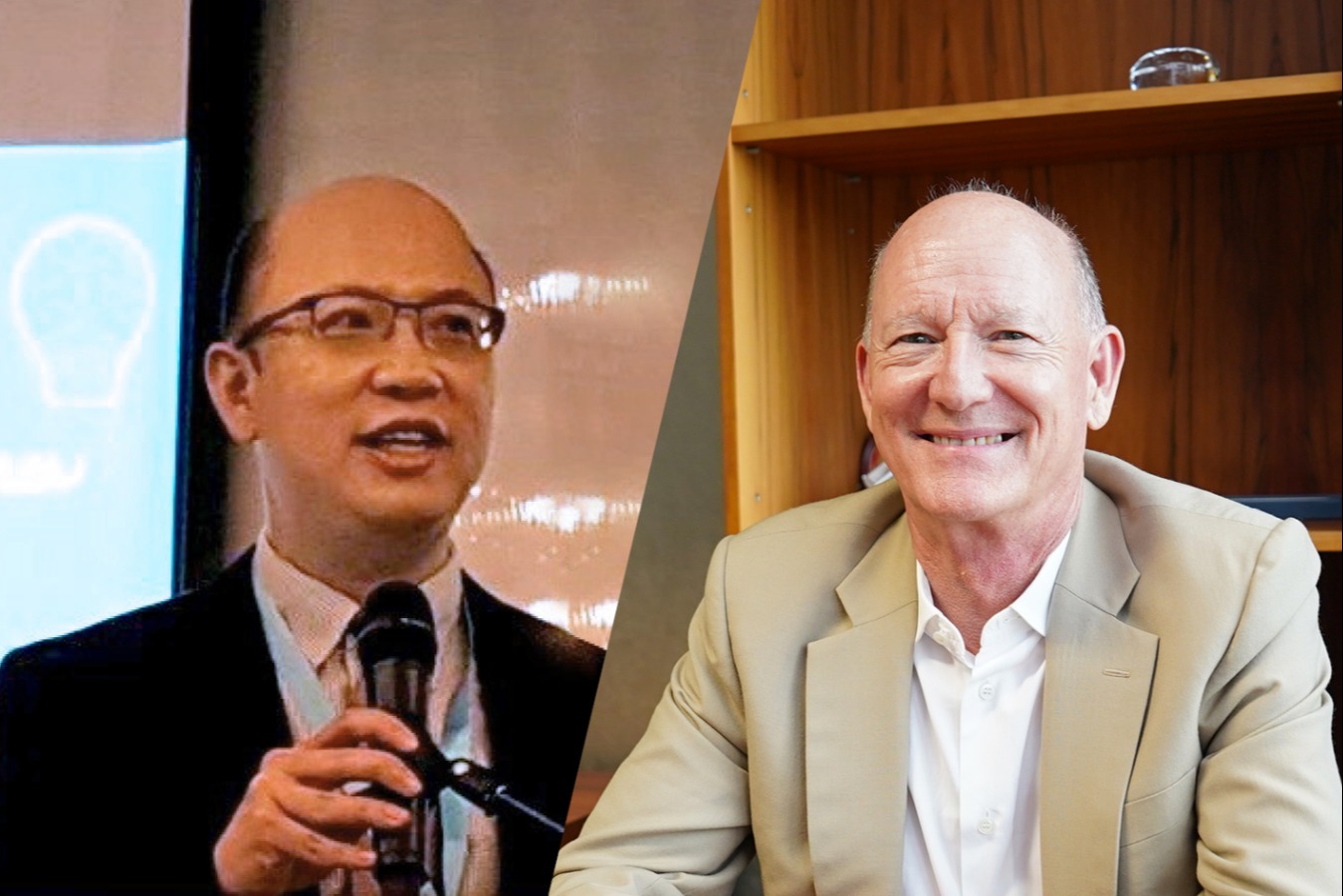
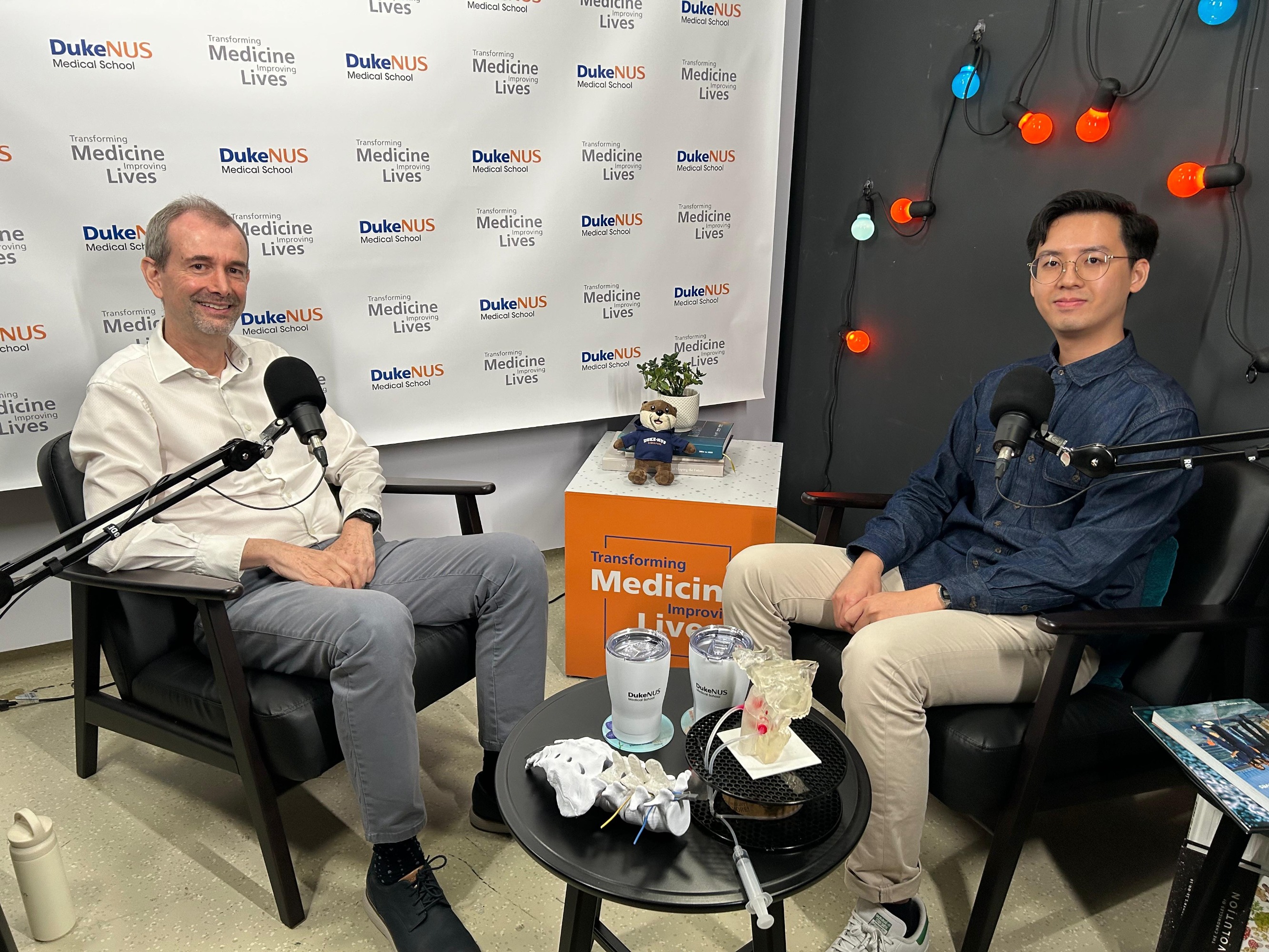
_workshop.jpeg?sfvrsn=183a5752_2)